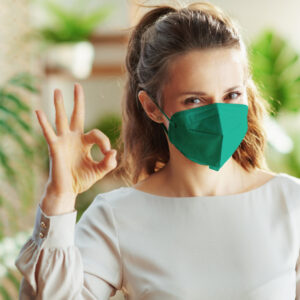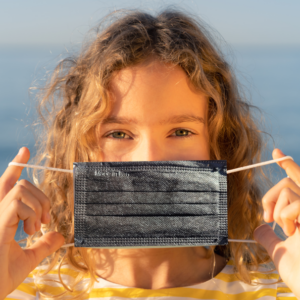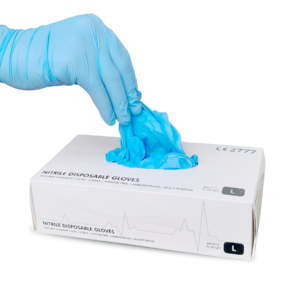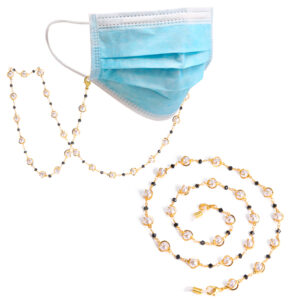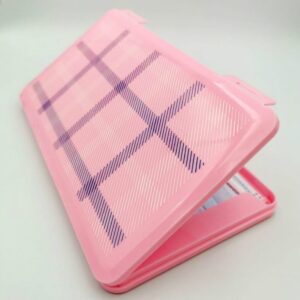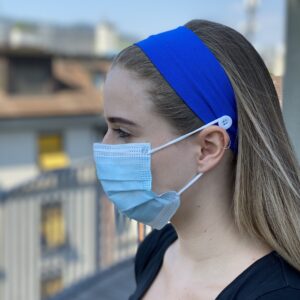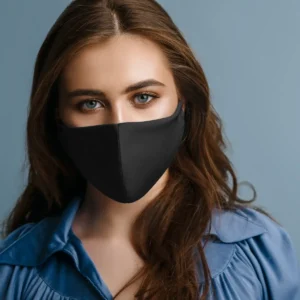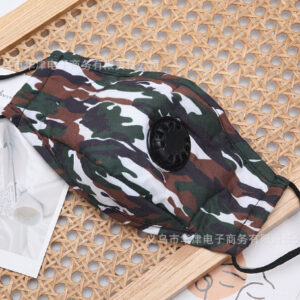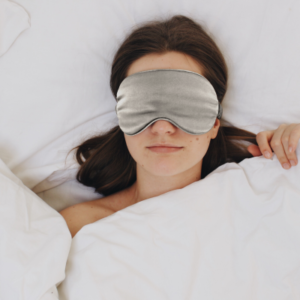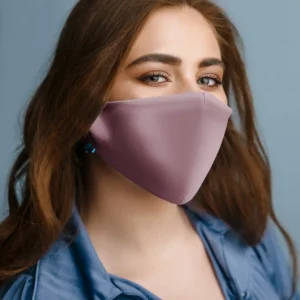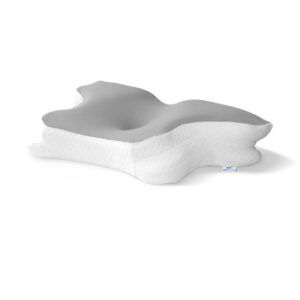Fpp2
FFP2 masks
The Ffp2 mask has a high filtration efficiency at the outlet and towards the wearer (over 90%), unlike surgical masks which reach a maximum of 20% at the inlet, and is strictly recommended for healthcare professionals (who often also use the even more protective Ffp3) and, in general, for anyone in a high-risk situation, which may be the case, for example, in enclosed spaces with little air exchange and in crowds. The Ffp2 masks are also disposable and should be worn for a maximum of 7-8 hours at a time. These days – with the ongoing coronavirus epidemic – there is a lot of talk about FFP2 and FFP3 masks being the only ones that would provide adequate protection against the new virus . Is that really so? After having created and published a short guide on masks against Covid-19, today we decided to provide our readers with a detailed study on FFP2 and FFP3 filter masks.
Selection of a mask
When choosing a mask, it is important to consider your specific needs and the premise that if they are not worn properly, they are useless. The masks on the market today have different functions and categories, depending on the workplace (dusty environments, with high levels of smoke or gas, etc.) and the oxygen content present (if this is less than 17%, insulating masks are required). There are even filter masks, which are made in deviation, and their parameters are not too different from those that are made at home and from cloth. Against viruses (including Covid19) and against dust and other particles, the most effective masks are the FFP1, FFP2 and FFP3 disposable masks. The abbreviation FFP stands for “Filtering Facepiece Particles”, which translated into Italian means “filtering facepiece against particles”. FFP masks should be used when the oxygen level in the environment is higher than 17% (i.e. when you are in an environment where you can breathe on your own) and the contaminant is known (and the odour is detectable). These are useful devices against fine particles, dust and some viruses.
Effective FFP2 masks
The effectiveness of FFP masks is measured by the filter rate and the inward leakage. According to the EN 149 standard, there are three filtering efficiency classes for this type of mask: FFP1, FFP2, FFP3. For the types of contaminants filtered by each mask, we state that these are general specifications; however, for specific requirements, please refer to the Tlv tables. Another – equally important – variation is the shape of the half mask or full face mask. The half mask (or cartridge) covers the nose, mouth and chin (it consists of fastening straps, exhalation and inhalation valves and a connection for attaching the filters or the air supply device) and ensures a wide field of vision. While the full-face mask (or full-face mask) is used when there is a risk to the eye area: for this reason, it is the only recommended mask against coronavirus, especially in high-risk environments. It consists of a harness, an eyepiece, expiration and inspiration valves, and a fitting for attaching the filters or an air supply device. The FFP2 masks are adjusted to the defense of toxic and darticellar purposes, such as quartz, metal, molds, bacteria and viruses such as coronavirus. They are also available with or without a valve and are useful for those working in sewage or waste treatment , quarries, mines and metalworking. According to all sources, they are useful and effective to protect against coronavirus.
Coloured FFP2 masks
If you are looking for coloured FFP2 masks, then you have come to the right place. Everyone wants to look good and a mask is necessary nowadays, so we have lined up amazing colored masks for you. The face filter masks as FFP2 and FFP3 are personal protective equipment of risk category III and must therefore comply with EU Regulation 425/2016, which means that in order to be placed on the market, they must be assessed by a notified body designated for the certification of respiratory protective equipment. The notified body will attest the conformity of the product with the requirements of the technical standard EN 149: 2001 + A1: 2009 and the manufacturer, having demonstrated the conformity of the product, will be able to affix the CE marking.
Approved FFP2 masks
However, serious doubts are now emerging about the effectiveness of some masks, particularly Ffp2. After the alarm about the masks specially made by the FCA on behalf of the government and distributed to schools not being effective enough, and after the criticism of the already renamed “VIP masks” U-Mask , are we sure that the Ffp2 really protects? Indeed, compliance with the requirements defined in this technical standard makes it possible to obtain a mask with a high filtration performance against very small particles and droplets and excellent breathability. For this reason, this notice on the packaging cannot be overlooked. FFP2 masks provide a second level of respiratory protection and are typically used in the textile, mining, pharmaceutical, steel, agricultural, fruit and vegetable, auto body, wood (except hardwood), analytical laboratory and even by medical professionals or personnel exposed to low to moderate risks.
FFP2 and FFP3 masks
They are capable of protecting the respiratory tract from dusts, mists and particulate vapours of low to moderate toxicity, with concentrations up to 12 times the legal limit *. They have a filtration efficiency of at least 94 %.of airborne particles and an internal loss of less than 8 %. %. Class FFP2 masks are indicated for individuals at moderate to low risk and are used by healthcare professionals caring for positive or potentially positive individuals. Class FFP3 masks are indicated for persons at high risk and must be worn by physicians and healthcare professionals caring for infected or potentially infected persons, especially during maneuvers that cause greater aerosolization, such as intubation, open-circuit bronchoscopy, and bronchoscopy. The use of protective masks must also be accompanied by absolute compliance with the appropriate hygiene rules: in particular, it is necessary to wash one’s hands before and after removing the mask and to dispose of the mask properly by placing it in a sealed bag and disposing of it in the residual waste, in order to avoid contact of the mask with surfaces or by other people.



